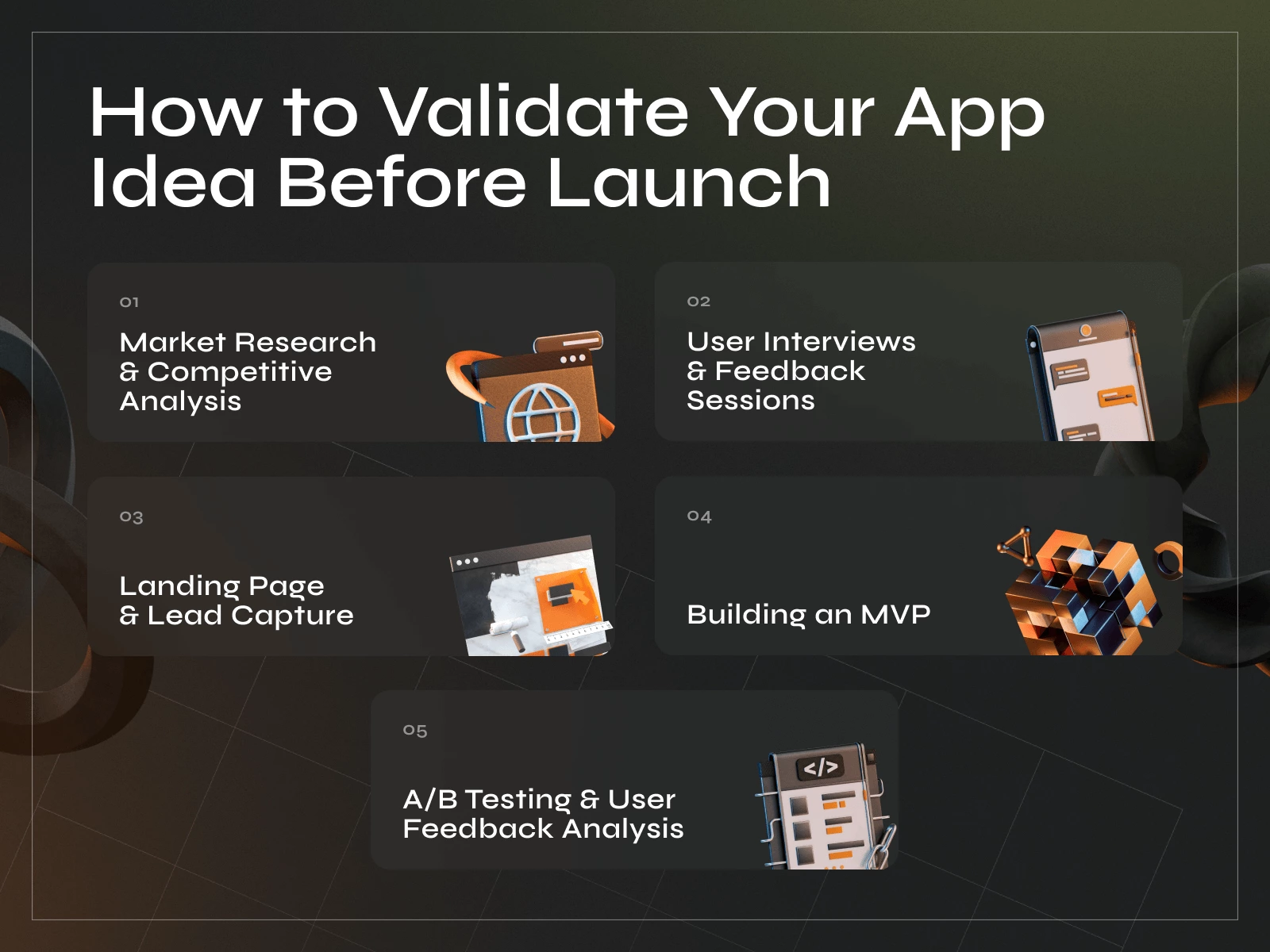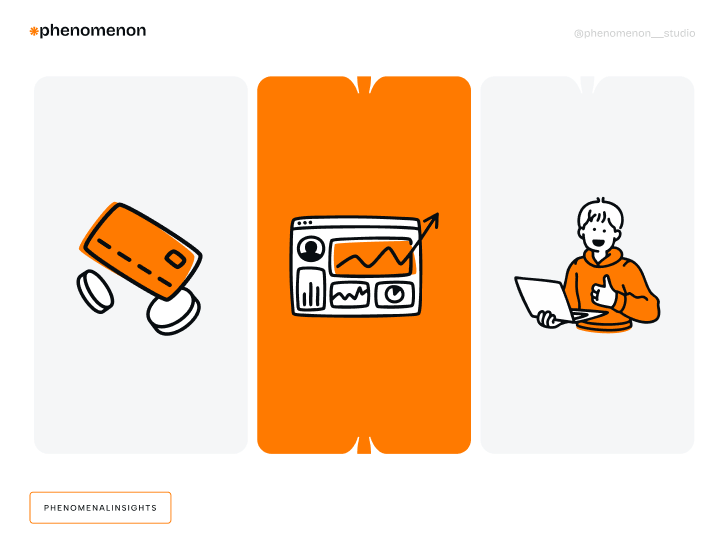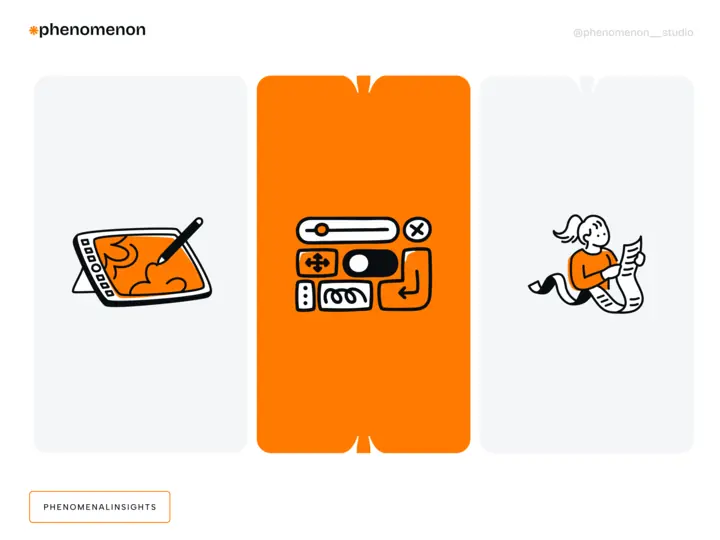The entrepreneurial spirit thrives on innovation. Brilliant product ideas take flight every day, but navigating the bustling marketplace to achieve success requires a strategic approach. In this competitive landscape, simply having a good idea isn’t enough. You need a well-defined plan and a data-driven approach to build a winning product that resonates with your target audience and stands out.
The entrepreneurial spirit thrives on innovation. Brilliant product ideas take flight every day, but navigating the bustling marketplace to achieve success requires a strategic approach. In this competitive landscape, simply having a good idea isn’t enough. You need a well-defined plan and a data-driven approach to build a winning product that resonates with your target audience and stands out.
The graveyard of innovation is littered with fantastic ideas that never quite reached their potential. Entrepreneurs often underestimate the power of a well-crafted strategy and data-informed decision making. Without a clear roadmap, even the most groundbreaking concept can get lost in the shuffle, failing to connect with the customers who need it most.
This article equips you with the essential steps and considerations for building a winning product, empowering you to transform your innovative concept into a market leader.
Understand Your Market & Target Audience
The foundation of any successful product starts with a deep understanding of your target market. Market research is your compass, guiding your product development journey. By the way, entrepreneurs who fail to analyze client demands before beginning their engineering efforts waste significant time and resources on MVPs that are unlikely to succeed. So, what should you do?
- Identify Your Niche. Pick your lane. Focus on a specific market segment with identifiable needs and pain points.
- Perform a Competitor Analysis. Research your competitors and learn from their successes and failures. Identify market gaps and opportunities to differentiate your product offering.
- Target Audience Insights. Understand your ideal customer’s demographics, needs, buying behaviors, and online habits. Utilize market research tools, surveys, focus groups, and social media listening to gather valuable user insights.
Read also: Phenomenon Studio Expands Horizons: Entering the US Market with Confidence and Experience
Craft a Compelling Value Proposition
What makes your product different? What unique value does it offer to your target audience? Developing a compelling value proposition is crucial for attracting and retaining users. Here’s how to define yours:
- Identify User Pain Points. What problems do your target customers face? How does your product alleviate these pain points and improve their lives?
- Highlight Unique Benefits. What sets your product apart from the competition? Focus on the unique features and benefits that make your offering stand out.
- Communicate Value Clearly. Your value proposition should be concise and easy to understand. Communicate the benefits of your product in a way that resonates with your target audience.
Build a User-Centric Product
Your product should be designed with your users in mind. Embrace a user-centric approach to ensure your product is functional but also intuitive and enjoyable. Here are some key aspects to consider:
- User Interface (UI) & User Experience (UX) Design. Prioritize user-friendly navigation, precise visuals, and a seamless user experience. Invest in user interface (UI) and user experience (UX) design to ensure your product is intuitive and easy to use.
- Usability Testing. Gather user feedback throughout the development process. Conduct testing sessions to identify potential usability issues and refine your product design based on user insights.
- Iterative Development. Embrace an iterative development approach. Release your product in phases and gather user feedback after each iteration to continuously improve your product based on real-world user data.
Related: Smart Start: The Art and Science of MVP Software Development
Build a Minimum Viable Product (MVP)

A Minimum Viable Product (MVP) is a stripped-down, functional version of your core product concept. Building an MVP allows you to test your idea with real users early in the development cycle. Here’s how an MVP benefits you:
- Early User Feedback. Gain valuable early user feedback on your core functionalities and identify areas for improvement before significant resources are invested in full-scale development.
- Market Validation. An MVP helps you validate your market assumptions and test whether your product resonates with your target audience.
- Reduced Development Costs. Focus on developing the core functionalities that offer the most value to users. This helps you allocate resources effectively and avoid spending on features that users might not find necessary.
Proceed with Product Development & Quality Assurance
Once you’ve validated your concept with an MVP, you can proceed with full-scale product development. Here are some crucial aspects to consider:
- Agile Development. Embrace an agile development methodology that allows for continuous delivery, iteration, and improvement based on user feedback.
- Tech Stack & Development Tools. Choose the right technology stack and development tools based on your product requirements, budget, and team expertise.
- Quality Assurance. Prioritize quality assurance throughout the development process. Implement thorough testing procedures to ensure your product is bug-free and delivers a seamless user experience.
Launch Your Product & Develop a Marketing Strategy
Building a winning product doesn’t guarantee success. Developing a well-defined launch and marketing strategy is essential for reaching your target audience and generating buzz around your product. Here are some key considerations:
- Audience Targeting. Tailor your marketing efforts to reach your ideal customers. Utilize targeted online advertising, social media marketing, and content marketing strategies that resonate with your target audience.
- Compelling Content. Develop engaging content that showcases your product’s value proposition. Use blog posts, infographics, explainer videos, and social media content to educate and excite potential users.
- Public Relations & Influencer Marketing. Leverage public relations efforts and influencer marketing to generate buzz and build brand awareness. Partner with relevant influencers and media outlets to reach a wider audience.
- Community Building. Foster a community around your product. Create online forums, social media groups, or other platforms where users can interact, share experiences, and provide feedback.
Ensure Continuous Improvement & Growth
The product development journey doesn’t end with the launch. Embrace a culture of continuous improvement to ensure your product remains relevant and thriving in the long run. Here are some key aspects to consider:
- User Feedback. Continuously gather user feedback through surveys, in-app feedback tools, and customer support interactions.
- Data-Driven Decisions. Utilize user data and analytics to identify areas for improvement and prioritize future development efforts based on user needs and market trends.
- Feature Updates & Iteration. Regularly release updates with new features, bug fixes, and performance enhancements based on user feedback and market demands.

Conclusion
Building a winning product in a crowded marketplace requires a strategic approach prioritizing user needs, market validation, and continuous improvement. By following these steps and embracing a data-driven development process, you can transform your innovative concept into a product that resonates with your target audience, stands out from the competition, and achieves long-term success. Remember, the journey from concept to creation is an iterative process. Be prepared to adapt, learn, and evolve alongside your product as you navigate the ever-evolving landscape of the marketplace. With dedication, data-driven insights, and a focus on user experience, you can build a winning product that thrives in the competitive world.













